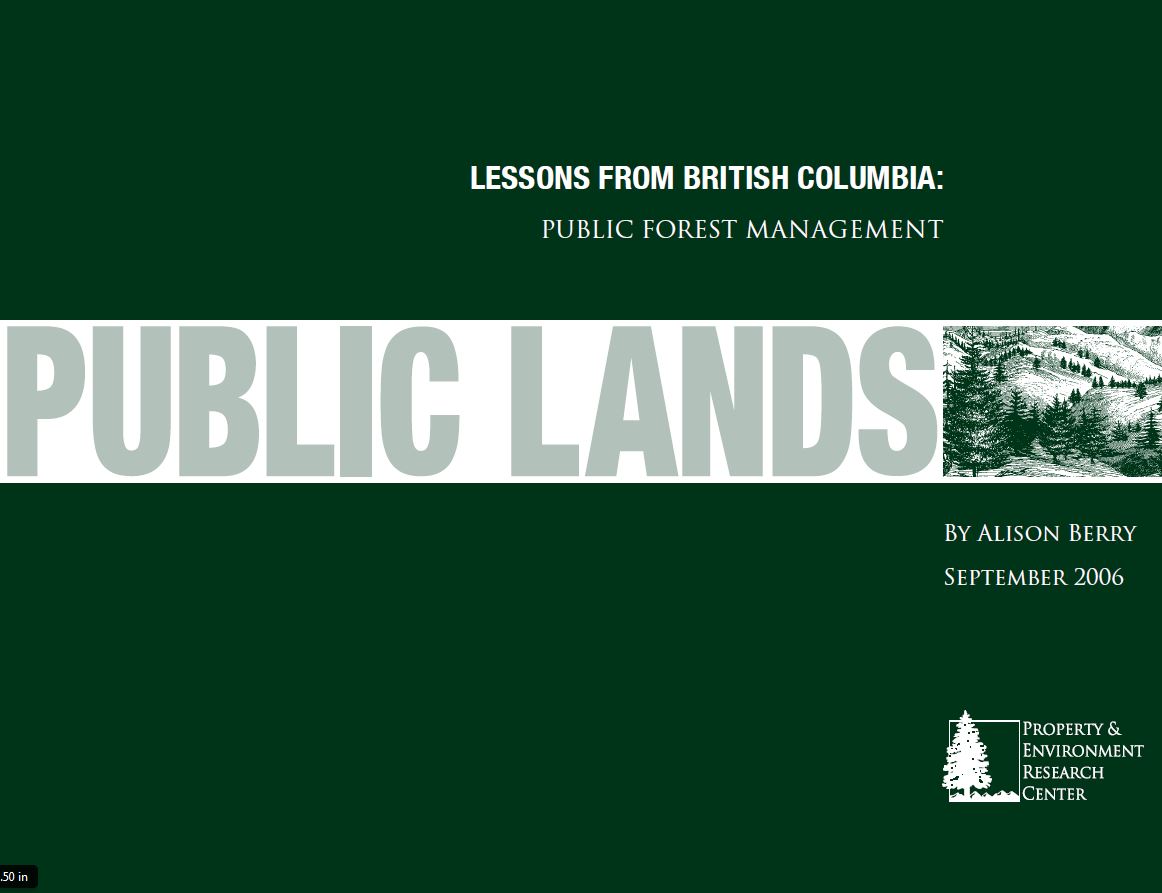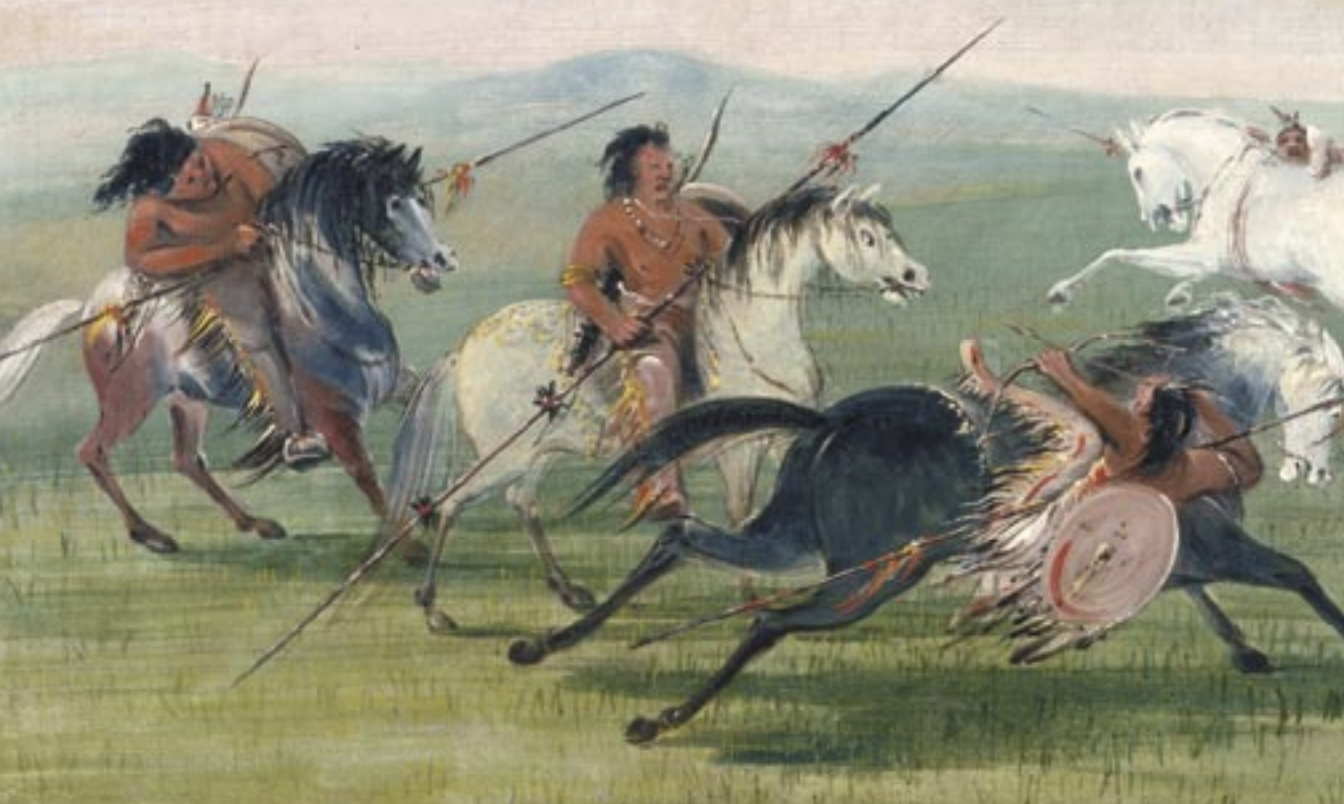The first chapter of the Cayman Turtle Farm story did not end happily. But a new phase in this fabled effort to protect wild sea turtles has begun. Wild sea turtles were declining rapidly when Cayman Turtle Farm Ltd. was created in the West Indies in 1968. The farm, located on Grand Cayman Island, hatchedContinue reading “Survival of the Sea Turtle”
Author Archives: admin
Urban Sprawl
Urban sprawl did not increase as fast as expected between 1976 and 1992 — in fact, it did not increase at all.
Walking on Rubber
If you have ever been out for a stroll in your flip-flops and stubbed a toe on a cracked sidewalk that resembles a mogul run, you will appreciate the dream that Richard Valeriano had one night. As senior public works inspector for the city of Santa Monica, he spent his days staring at sidewalks tiltedContinue reading “Walking on Rubber”
Candy Wrapper Fashion
Tired of the same old Prada purses? So many people are. Fortunately a few high-end specialty boutiques and even Bloomingdale’s have an entirely new line of shoulder bags, clutches, and coin purses that are delightfully colorful and eye-catching. Imported from Mexico, they have been woven from the discarded candy wrappers, potato chip bags, and cookieContinue reading “Candy Wrapper Fashion”
Letters to the Editor
Different Constraints The various articles in your special issue (“American Indians and Property Rights,” June 2006) together illustrate a series of fundamentally important points. First, American Indians are just like anyone else, except that they face different structures of costs and rewards, to which they respond, like anyone else. Above all, they face different governmentalContinue reading “Letters to the Editor”
Environmental Bounty-Hunting
By Bruce L. Benson Private prosecution of crimes has a long and sordid history, and that history isn’t over. Bounty hunters no longer hound innocent people to death as some did in England in the mid-18th century, but environmental groups such as the Natural Resources Defense Council have modified the tactic. They use "citizen suits"Continue reading “Environmental Bounty-Hunting”
Lessons from British Columbia: Public Forest Management
Although the forests of British Columbia, Canada, are 96 percent government-owned, the management of the forests is far more market-driven than in the U.S. Forest Service.
The 19th Century Comanche
These Plains Indians had a legal system based on accepted rules of conduct and individual rights.
Self-Determination –
A return to property rights and the rule of law would restore economic strength and stewardship to American Indian Economies.
American Indian Collectivism
The reservation system, instituted in the nineteenth century, destroyed the successful property rights systems of the past.








